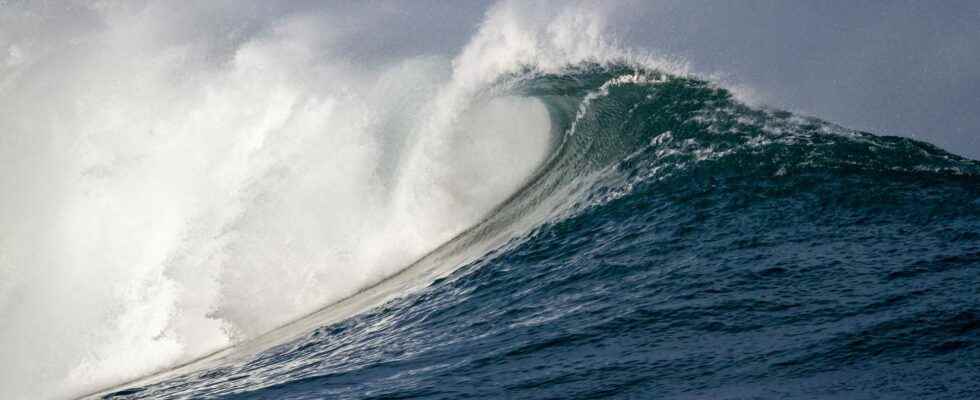3,800 years ago, an earthquake of magnitude 9.5 would have generated a devastating mega-tsunami for the Chilean coasts. Prehistoric populations would have taken refuge inland, preserving the memory of this disaster for nearly 1,000 years.
You will also be interested
[EN VIDÉO] Kézako: the secrets of the creation of tsunamis Tsunamis are among the most destructive natural disasters. These waves, which can reach thirty meters in height, hit the coasts with unstoppable force. Unisciel and the University of Lille 1 reveal to us, with the Kézako program, the secrets of the creation of this phenomenon.
The west coast of South America is, due to its situation at the limit of converging plates, subject to a significant seismic risk. Each year, the subduction that sees the Nazca oceanic plate plunge under the South American continental plate is indeed responsible for many earthquakes, some of which can be very powerful. The strongest earthquake in modern history was recorded off the coast of Chile in 1960. With an estimated magnitude of Mw 9.5this earthquake led to an increase in floor ocean of six meters in places, causing a violent tsunami. From waves from 10 to 12 meters high thus swept over the coasts of Chile, sweeping away everything in their path and causing the death of 3,000 to 6,000 people.
A tsunami certainly very deadly for the prehistoric populations living on the coast
However, this tectonic context is not recent and has notably given birth at the Andes chain. It is likely that such seismic events, of more or less similar amplitude, have therefore already occurred in the past. A team of researchers is also providing evidence that a mega-tsunami hit the Chilean coast about 3,800 years ago. The results of the study, published in Science Advances, suggest that the power of the earthquake at the origin of this tsunami must have been similar to that of 1960. However, at that time, Chile was already occupied by populations of hunter-gatherer-fishermen, who lived along the coast . A highly vulnerable situation in the event of a tsunami. Scientists also show that following this catastrophic event, populations would have deserted the coast to settle inland. This situation would have lasted about 1,000 years, suggesting a very long-term transmission of history with a capacity of resilience important.
To reach these conclusions, the scientists carried out geological and archaeological excavations in the Atacama Desert. Geological research focused on the sedimentary deposits left by the tsunami. The dating of shells and fragments of coal allowed to fix this event around the year -1778. The location of the deposits as well as the modelization of the tsunami made it possible to estimate the magnitude earthquake at Mw 9.5. This would have generated a devastating wave 15 to 20 meters high. It is easy to imagine the disastrous impact this tsunami had on the inhabitants of the coast. Signs of destruction have also been observed at several archaeological sites on the coast.
The memory of the disaster has been passed down for nearly 1,000 years
This event marks a major turning point in the organization of prehistoric societies living in this region, including a massive shift inland or higher areas. The most impressive result is that these populations would not have returned to live on the coast for 1,000 years. This observation shows that the memory of the tsunami has been transmitted from generation to generation, over nearly a millennium. We also observe that in the long term, the resettlement of the populations was done in a much more cautious way, with the development of residential sites further from the coast or on the reliefs, at least 20 meters above the level of the sea. sea. Which surprisingly corresponds to the limit of the tsunami that occurred 1,000 years earlier. In what form was this memory of danger transmitted? Scientists don’t know. It is most certainly an oral history, these societies not yet having a written language.
These results provide a better understanding of the evolution of populations in this region of the world and their capacity for adaptation and resilience in the face of a natural disaster of this type. They should also make it possible to better define the risk to which the Chilean coasts, which today are heavily populated, are subject.
Interested in what you just read?
